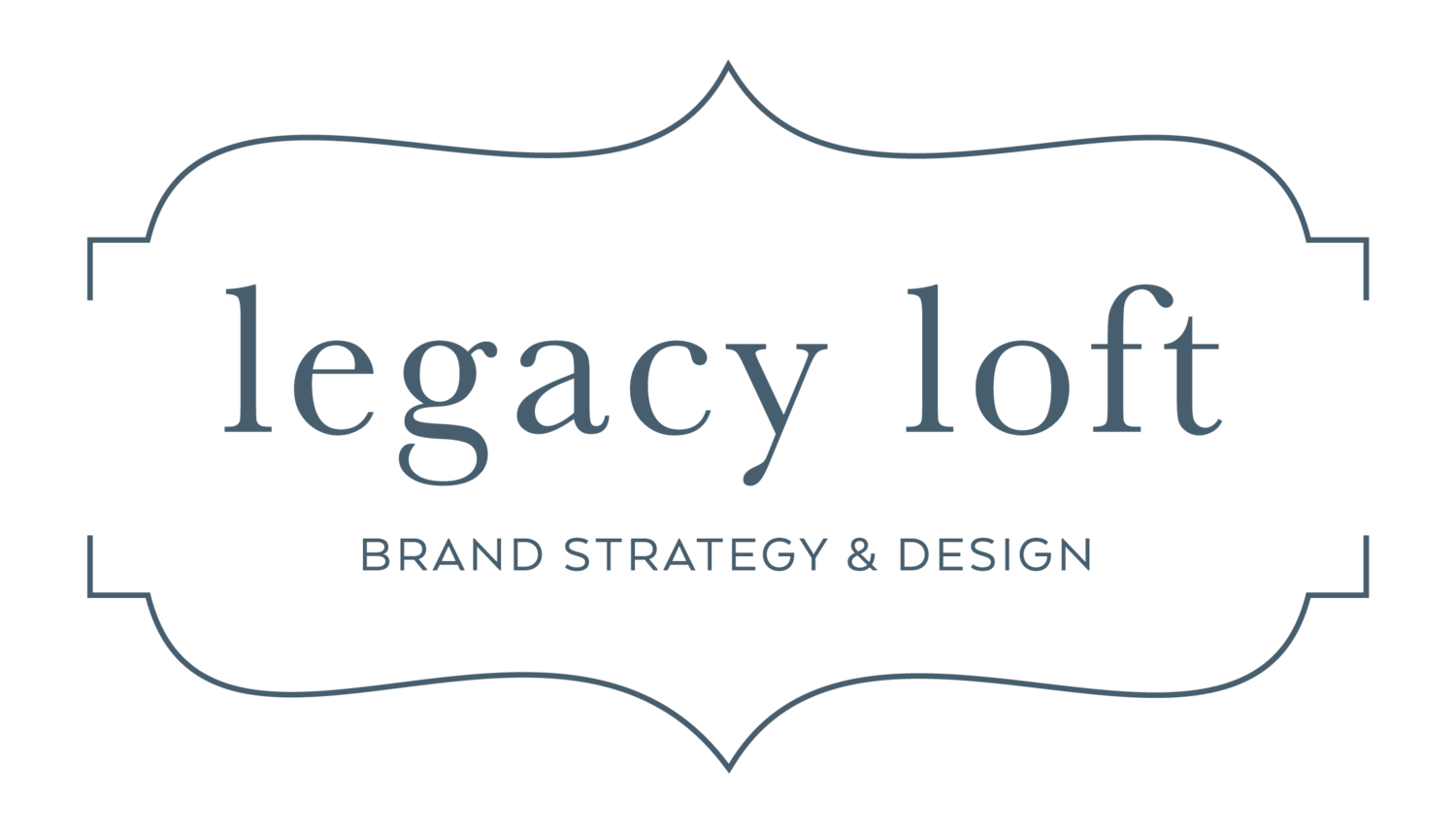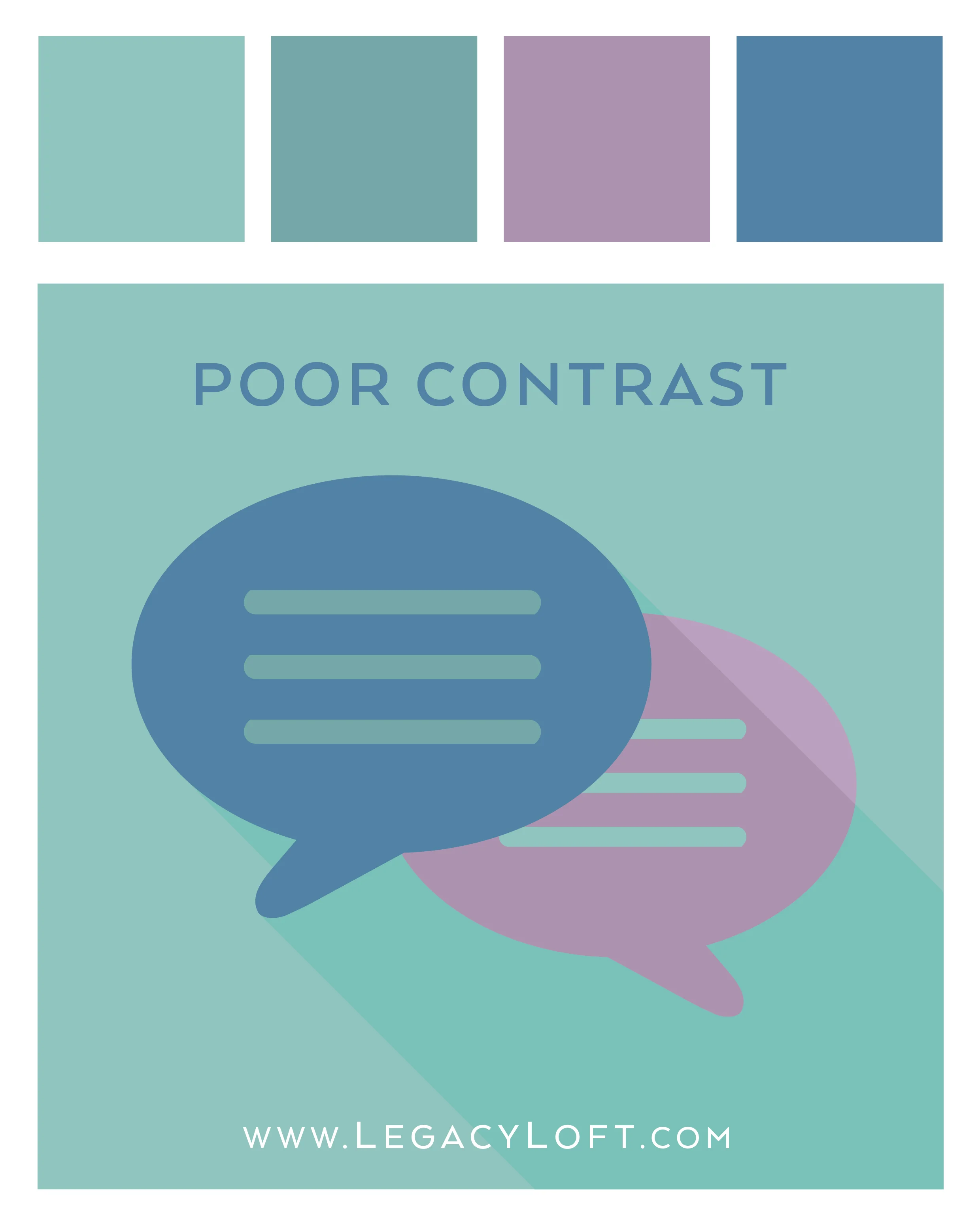I’m always the go-to girl for picking paint colors among my friends and family. I can do wonders with a swatch book, saving people countless trips to Lowe's and helping them avoid 50 different test spots across each room.
After 4 years of design school and an entire class devoted to mixing paint and pairing color strips, I feel I have a pretty good eye for detecting undertones and choosing coordinating colors.
So why are colors so important in branding?
First, they are memorable. Think about the kind of milk you buy – what color is the cap? If the supermarket suddenly switched whole milk to green and 1% to red, they’d have some pretty frustrated customers the next morning at breakfast.
Since your brand is an extension of you, it’s important to create a palette that matches your style and personality. But choosing colors just because they’re pretty isn’t the best approach because they may not resonate with your clients. You need to find a balance between what’s you, and what speaks to your clients! And hopefully they’re similar since your personality will shine through your brand, no matter how hard you try to force it in another direction!
Here are some tips on building a powerful palette:
1. Consider your personality
Are you soft spoken and approachable with an easy-going style? Try less saturated tones and maybe muted pastels. If you’re naturally loud and sassy, you’ll want to use bold, bright colors! If you’re pretty free-spirited and enjoy organic products, hues of nature might suit you well. Or perhaps you’re always the life of the party and happy, bright tones will work best for you.
2. Spy on your ideal clients
Look up websites or Instagram accounts of your current and/or ideal clients and see what colors they use. People are always more attracted to things that are similar to them, so they’ll most likely be drawn to colors that are similar to theirs. You don’t have to stick to these exact colors, but you also don’t want to use neons when your clients seem to prefer pastels.
3. Don’t use too many or too few colors
If you only have two brand colors, it may be hard to keep your brand looking consistent in Instagram or on your website. Choosing an array of colors allows for more flexibility when posting, finding images and taking brand photos. On the other hand, choosing too many colors can make you look cluttered or confusing. It will be hard for people to recognize your brand when you have so many different options of colors.
4. Make sure to have varying shades – some dark, some light
I’ve seen so many people asking for feedback on their color palette by using a line of color squares. While it’s great to see them lined up next to one another, it’s not always the best way to visualize your palette! Try placing your colors together in context, such as an infographic or layering text on a background – your lightest over your darkest. Make sure there’s enough contrast and that your colors flow well in a realistic graphic setting.
5. Test various harmonies
When finding colors that flow together, you can try a few options:
- Complementary colors are opposite from each other on the color wheel and can provide good contrast
- Analogous colors are next to each other on the color wheel and can create a great flow (just be careful that it's not too monotonous in tone)
- Triad colors pull from three evenly spaced sections of the color wheel and can provide a good balance of shade.
6. Choose one or two dominant colors
7. Brighter isn’t always better
Many are under the impression that the more your colors “pop” the more people will read your content. They’re not wrong in theory, but are off in their solution. Brighter colors don’t necessarily make for more conversions. Contrast, layout and text hierarchy all play into this. Brighter is not always better, as it often causes eye strain and could look cheap or childish. If you like bright colors, just tone things down in saturation just a tad.







